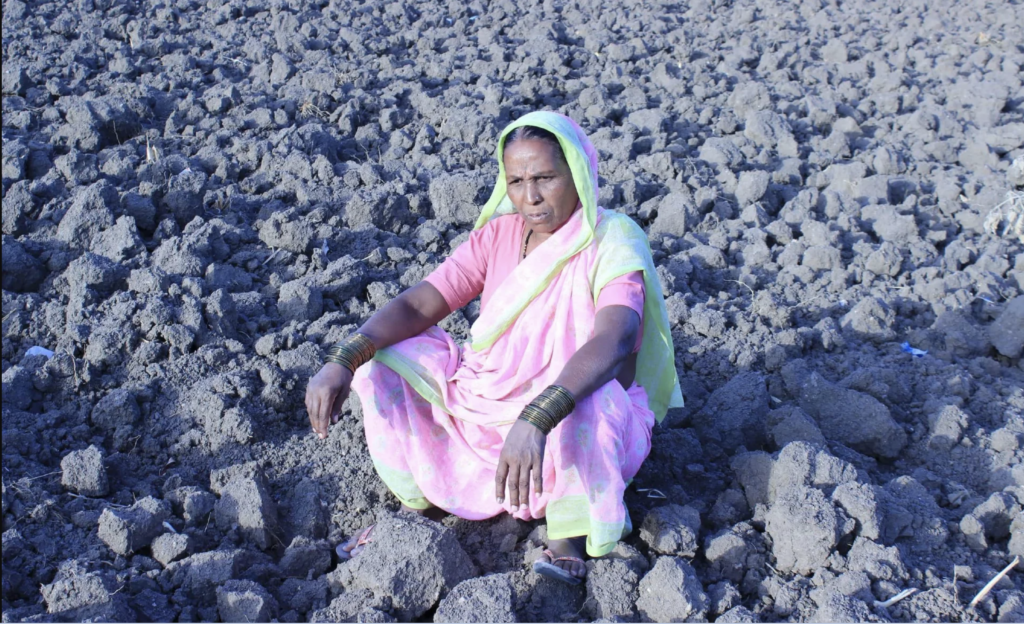The Georgetown Environmental Justice Program (EJP) hosted a global photography contest’s photo exhibition in the Intercultural Center (ICC) Galleria from April 17 to 22.
The annual photo contest, titled “Faces of Climate Change,” aims to spotlight people fighting against or affected by climate change to raise awareness of global warming’s impact on humans. A jury of photographers, artists and climate experts selected one hundred finalists from around the world, and their photos with accompanying 250-word stories were displayed in the ICC.
The EJP collaborates with governments, businesses and communities to center local social justice in a future global transition to green energy. Jennifer Eagleton, the EJP’s associate director, said the program wanted to host the Faces of Climate Change to remind the Georgetown community about the individuals most impacted by the climate crisis.
“We were so excited at EJP when we were approached about hosting this exhibition at Georgetown,” Eagleton wrote to The Hoya. “EJP’s work to accelerate just sustainable transitions amplifies their voices. Highlighting the moral as well as scientific urgency of tackling this crisis, these individual voices become part of the global call to each and every one of us to care for our common home.”
During the exhibition, the EJP held a discussion with Nishita Karad, the founder of Faces of Climate Change, and Gaël Giraud, a professor at the McCourt School of Public Policy and the EJP’s founding director.
Giraud said he was impressed by Karad’s dedication to giving everyone the opportunity to speak up about the personal effects of climate change.
“Each of us is a witness of the devastating impacts of climate change. The condition is that you open your eyes,” Giraud wrote to The Hoya. “Thus, amateur photographs could compete and provide us with a glimpse of the way people are affected in their area.”
The photo stories focused on one of four themes: faces of the bold, faces of the brave, faces of the past, present and future and faces of the unheard. These “faces” included scientists, flood victims, young people and those from marginalized groups.
Wesley Della Volla, an adjunct lecturer in Georgetown’s environmental studies program, said such stories allow people to better recognize the scale of each other’s struggles with the climate crisis.
“In sharing those human scale stories it gives us something we can wrap our brains around and share with others in a way that’s understandable and relatable,” Della Volla wrote to The Hoya. “In many ways it helps people feel seen and heard when they are experiencing first hand the manifestation of that existential problem because their story matters and people can connect with it and understand what’s happening to them.”
Giraud said real climate justice requires reorienting science away from the Global North and toward marginalized communities in the Global South, which face the most devastating effects of climate change.
“The most affected populations are located in rather poor areas and are those least responsible for Green House Gas emissions or, more broadly, pollution,” Giraud wrote. “I believe that science is absolutely essential but that it must be oriented not towards technophilic or transhumanist fantasies but towards the service of women, children and men who suffer today with their biome.”
According to Giraud, it was important for the entire Georgetown community, not just the student body, to see the Faces of Climate Change exhibition and be exposed to the reality of climate change.
“In Georgetown and, to a lesser extent, in DC, we live in a sort of bubble: in the global South, the ecological crisis is already extremely severe,” Giraud wrote. “The generation of our students is very aware of the cries of distress of the Earth and the poor, but my generation is much less so. So this exhibition is at least as much for the faculty and staff as for our students.”
Although the exhibition is no longer on display, Eagleton said she thinks Georgetown can continue its focus on the human impact of climate change to seek solutions and justice for the climate crisis.
“At EJP where I work, this focus continually sharpens our vision because we collaborate with governments, communities and companies across the world who are impacted by climate change to advance environmental justice that is globally inspired and locally enacted,” Eagleton wrote.
















